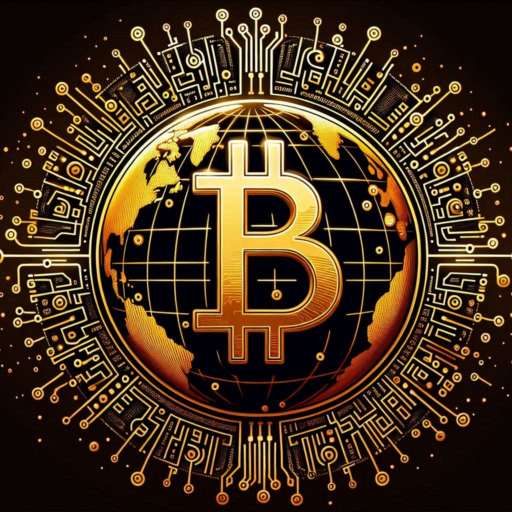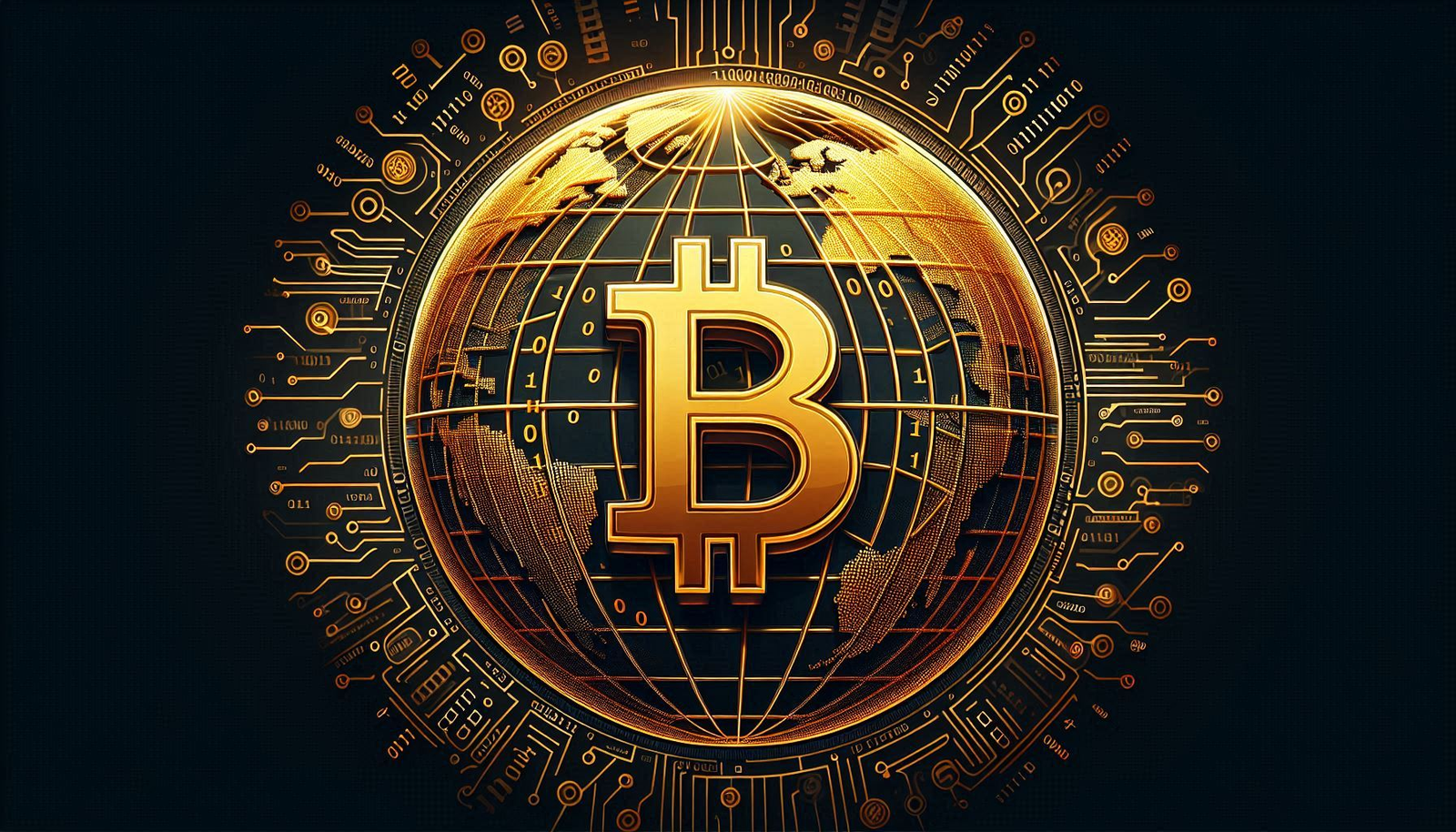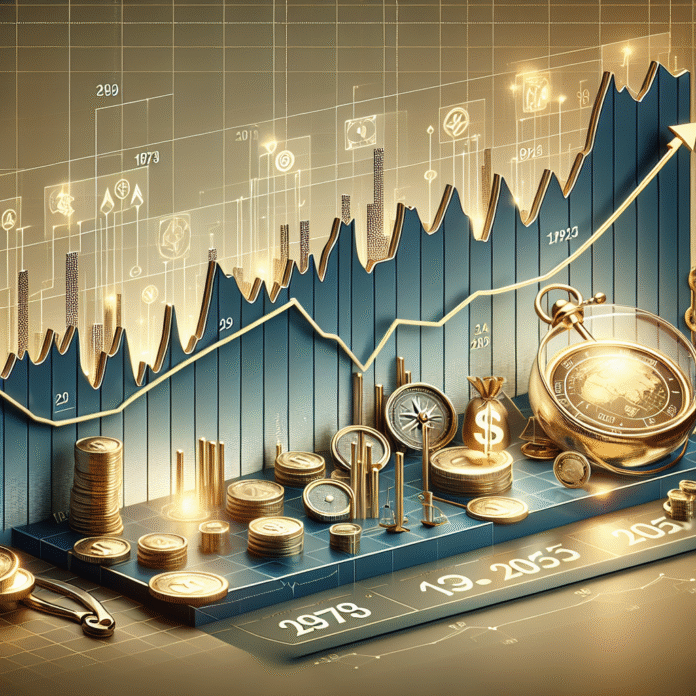Gold Prices Reach Highest Levels in 2025 Since 1979
What is Driving the Rally and What to Anticipate Next
The Economic Times
Gold Prices Reach Highest Levels in 2025 Since 1979: Understanding the Rally and Future Expectations
In 2025, gold prices surged to their highest levels since 1979, drawing significant attention from investors, analysts, and the media alike. This remarkable rise can be attributed to a combination of factors that have reshaped the economic landscape and influenced market behaviors.
Factors Driving the Gold Price Rally
One of the primary catalysts for the increase in gold prices has been the ongoing economic uncertainty. Global market volatility, exacerbated by geopolitical tensions and inflationary pressures, has led many investors to seek safe-haven assets. Gold, historically viewed as a stable store of value, has seen heightened demand as a protective measure against market fluctuations.
Additionally, central banks around the world have adopted looser monetary policies, including low-interest rates and extensive quantitative easing measures. These policies have contributed to a decrease in the opportunity cost of holding non-yielding assets like gold, making it a more attractive investment option. The weakening of major currencies, particularly the US dollar, has further fueled the appeal of gold as an alternative investment.
Inflation and Supply Chain Disruptions
Inflation rates have surged, reaching levels not seen in decades. This rise in inflation diminishes the purchasing power of fiat currencies, prompting investors to turn to gold as a hedge against inflation. Furthermore, ongoing supply chain disruptions caused by geopolitical tensions and the lingering effects of the COVID-19 pandemic have created additional challenges in the mining sector. Reduced production and increased operational costs have contributed to a tighter supply of gold, further driving up prices.
What to Expect Moving Forward
Looking ahead, the trajectory of gold prices will likely depend on several key factors. The geopolitical landscape remains uncertain, with potential conflicts and trade tensions continuing to influence market sentiment. Additionally, central banks’ monetary policies will play a crucial role in shaping investor behavior. Should inflation persist or accelerate, demand for gold may remain strong.
Moreover, advancements in technology and changes in consumer behavior could impact the gold market. For instance, the rise of digital assets and cryptocurrencies may pose a challenge to traditional gold investment, although many investors still view gold as a reliable hedge.
In conclusion, while the current rally in gold prices has been driven by a confluence of factors including economic uncertainty, inflation, and supply chain issues, the future remains uncertain. Investors will need to closely monitor economic indicators and geopolitical developments to navigate the evolving landscape of gold investment.


